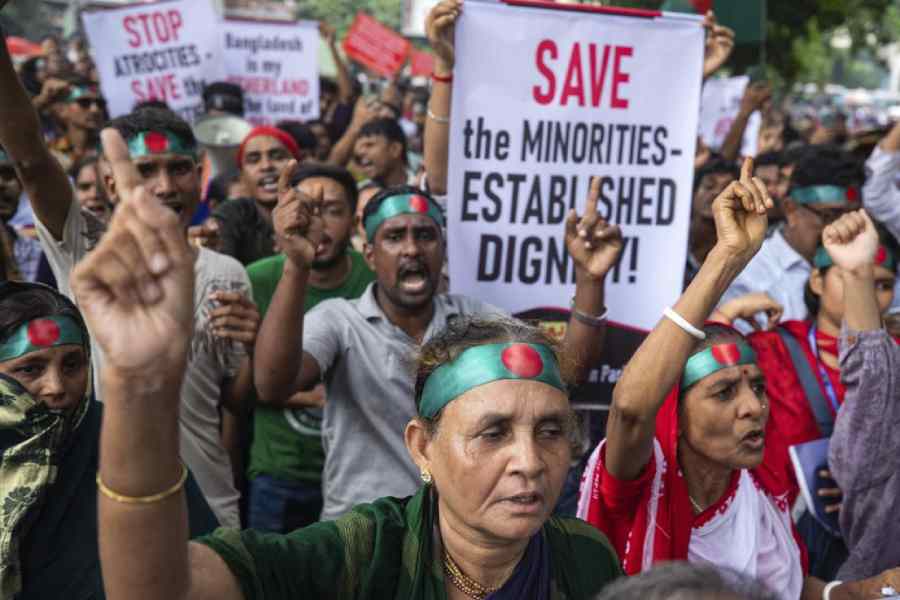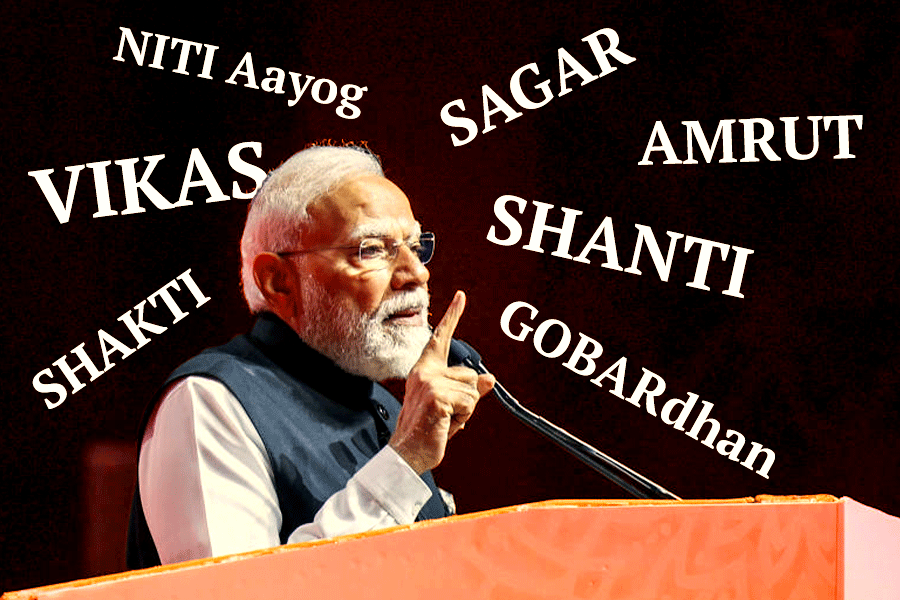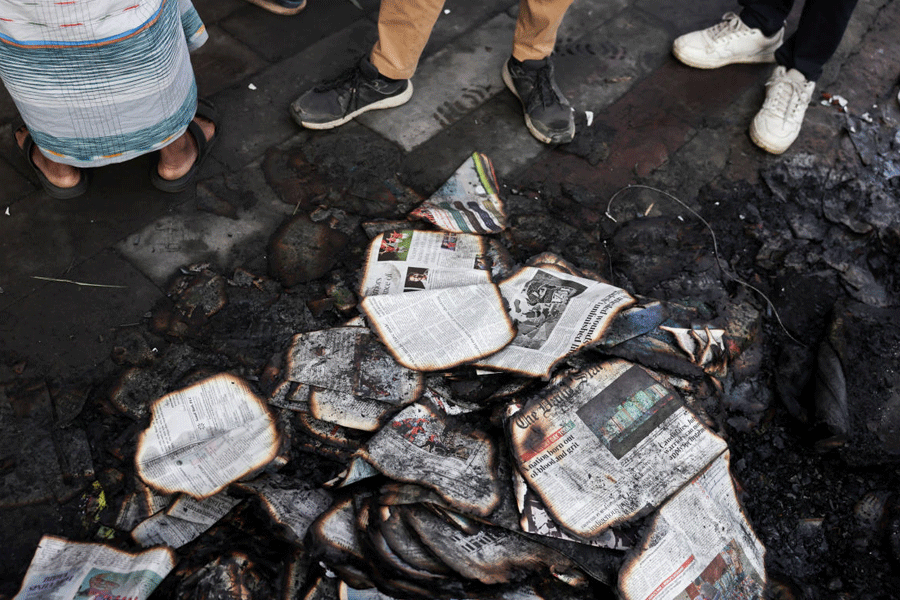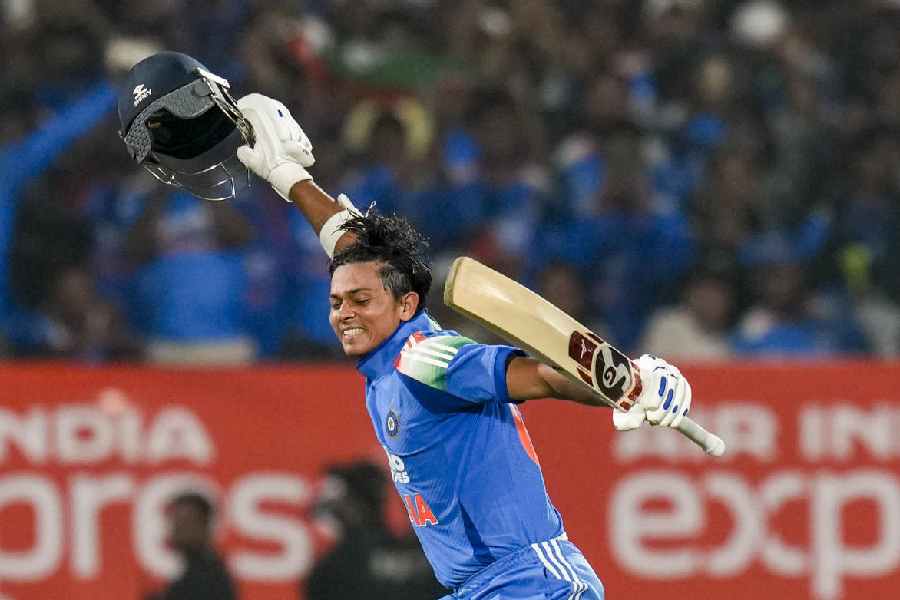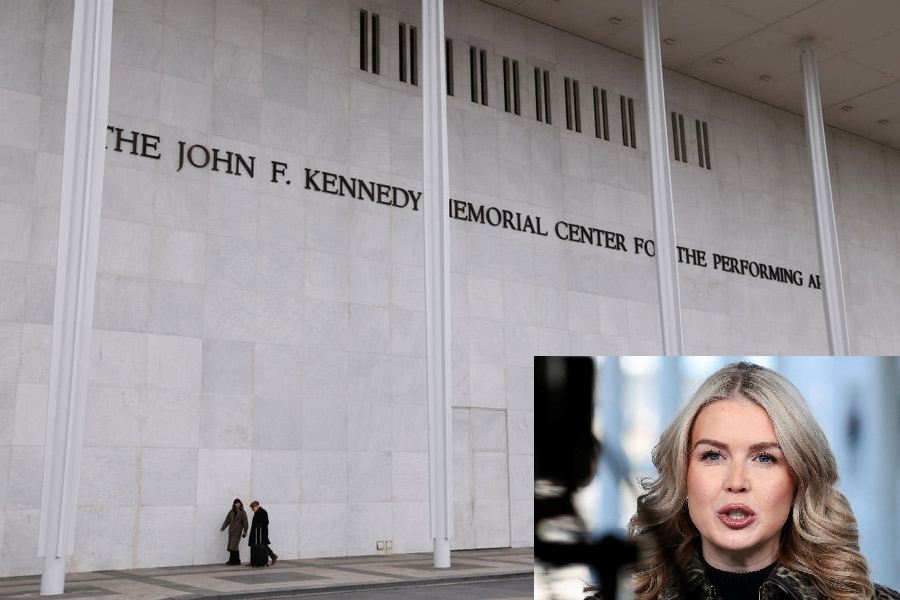The popular insurrection that led to the abrupt collapse of the Awami League government in Bangladesh on August 5 has, quite understandably, prompted speculation about the nature of the transformation. Muhammad Yunus, the celebrated head of the interim administration, has described it as Bangladesh’s “second liberation”, a description echoed by many of the student activists who played a leading role in the ouster of Sheikh Hasina Wazed. The quantum of discontinuity has, in turn, invited additional speculation over the future of Bangladesh. Although a week may well be too short a period to arrive at definitive conclusions, not least because the turmoil in the country has not ended, some broad trends are apparent.
During the course of the anti-quota stir, the Sheikh Hasina government attempted to make the freedom fighters-collaborators the defining fault line of Bangladesh. It rebounded on the regime’s face as the student movement cheekily assumed the self-identity of the Razakars — the Bengalis who collaborated with the Pakistani army during the Liberation War of 1971. However, the targeted destruction of the public memorials of the 1971 liberation after August 5, including the burning of Sheikh Mujibur Rahman’s residence in Dhaka, and the inability of the new leadership and its prominent supporters to condemn these acts of vandalism unequivocally have been noted. Read with the Yunus dispensation’s decision to cancel the national holiday on August 15 — the martyrdom day of Bangabandhu — there is a conscious bid to transcend the 1971 legacy. This is an unfolding story.
The logic of this distancing from the 1971 liberation struggle is, however, not linked to any rehabilitation of the Pakistani inheritance of the country. To suggest that Bangladesh is creeping back to its Pakistani roots is, as yet, totally unwarranted. The rationale behind the ‘second liberation’ is actually a perverse self-pride. After the first flush of independence following the Pakistani surrender, Bangladesh has lived somewhat uneasily with the overwhelming role of India in the break-up of Pakistan. Although the role of the language movement and the political struggle for regional autonomy are acknowledged and celebrated, the awkwardness is over the events of 1971. Even the undeniable role of the Mukti Bahini in bleeding the Pakistani forces for 10 months has not been able to take away the fact that the defining image of the new Bangladesh was the surrender of Lieutenant-General A.A.K. Niazi to Lieutenant-General J.S. Arora, with just a single Bangladeshi in civilian clothes looking on.
The massive anti-quota stir that culminated in the ignominious departure of Sheikh Hasina has produced nearly a thousand martyrs, gunned down by trigger-happy police and paramilitary forces. However, this August revolution was entirely the handiwork of Bangladeshis. The country will not have to share the credit for this so-called ‘victory over fascism’ with any other country, not even those who may have designed the tool-kit revolution.
The second feature of the regime change in Bangladesh that could have a bearing on future developments is the visceral hatred of India that has been elevated into a national philosophy. A big part of this owes to the perception that Sheikh Hasina and her Awami League were entirely controlled by puppeteers in Delhi. The rigged 2019 and 2024 polls were seen as planned and executed from across the border. In the oppositional discourse — that acquired a halo in view of the authoritarian impulses of the Sheikh Hasina government — Bangladesh was portrayed as a dumping ground for Indian products. It is interesting that earlier this year, a group of activists operating YouTube channels from overseas issued calls for the boycott of Indian goods. So intense is the hostility that an innocuous statement by Md. Touhid Hossain, the interim administration’s adviser on foreign affairs, that all treaties with India would remain in place, led to students demanding his resignation.
As things stand today, India is a hate figure in today’s Bangladesh. This does not mean that Bangladeshi patients to Indian hospitals will dry up and that Indian business in Bangladesh will face operational difficulties. Far from it. There will be a veneer of normality. The only big difference is that the political and the diplomatic distance between the two countries will become as it was under President Ziaur Rahman. If this also translates into Bangladeshi encouragement to subversive forces in eastern and northeastern India, there will be additional complications.
The strong hostility of the present political dispensation in Bangladesh towards India should, however, not be equated with its faith in an Islamist Bangladesh. The ideological orientation of the student’s agitation was, at best, anti-authoritarian and in favour of a regulated market. There is no evidence to suggest that, in its public interventions, it was anything but non-denominational. There is a section of the students that reposes faith in the Islami Chhatra Shibir, the student wing of the Jamaat-e-Islami. However, this is at present a minority current. There is a suggestion that in the coming months, as the timetable for elections are announced, a section of the activist students may choose to form a Left-inclined political party rather than join the Bangladesh Nationalist Party. In that case, it would be interesting to monitor the debates around a future Bangladesh being secular or Islamic.
The overthrow of the Sheikh Hasina government triggered attacks on Bangladesh’s Hindu minorities. Two factors were responsible for this. First, since the 1970s and even before, every political upheaval or turbulence invariably results in Hindus becoming collateral victims. They become occasions to settle scores with vulnerable Hindus and drive a chunk of them out of the country and into India. According to a report by Bangladesh Hindu Buddhist Christian Unity Council, the three days after August 5 saw some 200 or more attacks on minorities. Secondly, the Hindu community is seen as an Awami League vote bank. Consequently, the unapologetic, recriminatory violence against Awami League leaders spilt over into violence against Hindus. In the coming months, as the debate intensifies over allowing the Awami League to function as a normal party, the Hindus are likely to be drawn into the crossfire.
The past week, however, saw one big change. It witnessed for the first time spirited Hindu protests in Dhaka, Chittagong and Sylhet — protests that compelled the head of the interim administration to actually meet and address the Hindu community at the Dhakeshwari temple. Whether the authorities were egged on to placate Hindus as a result of the strong message by India’s prime minister will never be formally admitted, but on this occasion the anti-Hindu violence wasn’t allowed to acquire momentum. This, of course, is no guarantee as to what will happen in the future, especially if the BNP-Jamaat alliance comes to power, as now seems certain, after an election.

